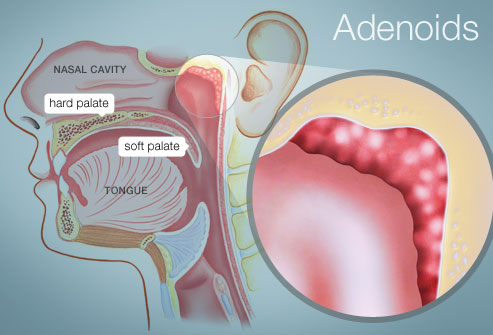.png)
.jpg)
- All types of cancer
- Neurological disorders
- Spondylisis
- Sciatica
- Kidney Diseases
- Asthma
- Allergies
- Immunity improvement
- Pediatrics
- Tonsillitis
- Adenoid
- Asthma in Children
- Learning Disability
Our Treatment
Specialty in all types of cancer
Cancer known medically as a malignant neoplasm, is a broad group of various diseases, all involving unregulated cell growth. In cancer, cells divide and grow uncontrollably, forming malignant tumors, and invade nearby parts of the body. The cancer may also spread to more distant parts of the body through the lymphatic system or bloodstream. Not all tumors are cancerous.
We treat almost all types of cancer like Breast cancer, Bladder cancer, Bone cancer, Head and neck cancer etc.
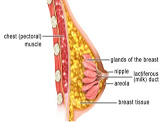 |
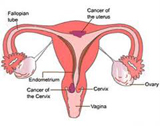 |
 |
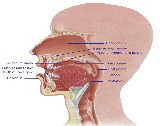 |
Neurological disorders
A neurological disorder is any disorder of the body's nervous system. Structural, biochemical or electrical abnormalities in the brain, spinal cord or other nerves can result in a range of symptoms. Examples of symptoms include paralysis, muscle weakness, poor coordination, loss of sensation, seizures, confusion, pain and consciousness. There are many recognized neurological disorders, some relatively common, but many rare. They may be assessed by neurological examination, and studied and treated within the specialties of neurology and clinical neuropsychology.
 |
 |
 |
Spondylisis
Spondylisis is a term referring to degenerative osteoarthritis of the joints between the centre of the spinal vertebrae and/or neural foraminae. If this condition occurs in the zygapophysial joints, it can be considered facet syndrome. If severe, it may cause pressure on nerve roots with subsequent sensory and/or motor disturbances, such as pain, paresthesia, or muscle weakness in the limbs.
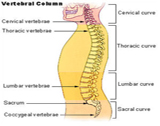 |
 |
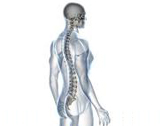 |
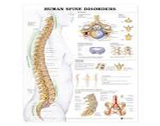 |
Sciatica
is a set of symptoms including pain that may be caused by general compression or irritation of one of five spinal nerve roots that give rise to each sciatic nerve, or by compression or irritation of the left or right or both sciatic nerves. The pain is felt in the lower back, buttock, or various parts of the leg and foot. In addition to pain, which is sometimes severe, there may be numbness, muscular weakness, pins and needles or tingling and difficulty in moving or controlling the leg. Typically, the symptoms are only felt on one side of the body. Pain can be severe in prolonged exposure to cold weather.
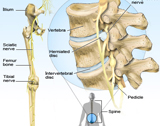 |
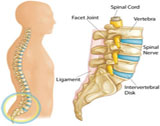 |
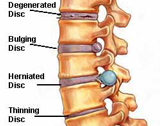 |
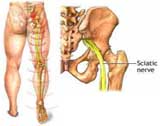 |
Kidney Diseases
The symptoms of worsening kidney function are non-specific, and might include feeling generally unwell and experiencing a reduced appetite. Often, chronic kidney disease is diagnosed as a result of screening of people known to be at risk of kidney problems, such as those with high blood pressure or diabetes and those with a blood relative with chronic kidney disease. Chronic kidney disease may also be identified when it leads to one of its recognized complications, such as cardiovascular disease, anemia etc.
 |
 |
 |
 |
Asthma
Asthma is the common chronic inflammatory disease of the airways characterized by variable and recurring symptoms, reversible airflow obstruction, and bronchospasm.
Asthma is caused by inflammation in the airways. When an asthma attack occurs, the muscles surrounding the airways become tight and the lining of the air passages swells. This reduces the amount of air that can pass by.
Cough with or without sputum (phlegm) production, pulling in of the skin between the ribs when breathing. Shortness of breath that gets worse with exercise or activity
Wheezing, which comes in episodes with symptom-free periods in between are a few symptoms of it.
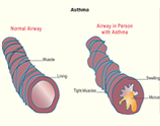 |
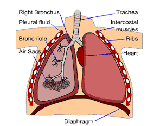 |
 |
Allergies
An allergy is a hypersensitivity disorder of the immune system. Allergic reactions occur when a person's immune system reacts to normally harmless substances in the environment. A substance that causes a reaction is called an allergen. These reactions are acquired, predictable, and rapid. Allergy is one of four forms of hypersensitivity and is formally called type I (or immediate) hypersensitivity. Allergic reactions are distinctive because of excessive activation of certain white blood cells called mast cells and basophiles by a type of antibody called Immunoglobulin E . This reaction results in an inflammatory response which can range from uncomfortable to dangerous.
 |
 |
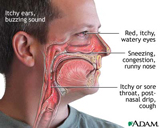 |
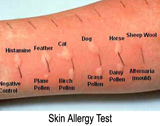 |
Immunity improvement
Immunity can’t be improved in a day it needs time and homeopathy is the best for it, the immune system is a system of biological structures and processes within an organism that protects against disease. To function properly, an immune system must detect a wide variety of agents, from viruses to parasitic worms, and distinguish them from the organism's own healthy tissue.
 |
|
Homeopathy- pediatrics is used to treat children around the world and it is the second most practiced branch of medicine in the world. It’s always been challenge to pediatrics in treating the infants, children ,since they cannot speak for themselves they are sick. Homeopathy is used to treat diseases in children ranging from common cold to tonsillitis, adenoids, asthma in children's, learning disability, and behavior problems (hyperactive, slow, weak, shy, introverted, violent etc.). Although homeopathy works in its own unique ways and its most primary function is to help fortify and focus a child's immune system when they are sick, based on the symptoms and root cause of the ailment. Once their own immune systems become stronger, they are able to fight off diseases more effectively. What makes homeopathy particularly suited to pediatrics is that the medication is often taste sweet and appealing, and has no side effects. This sweet taste together with the low incidence of side effects such as nausea or drowsiness ensures that the child will be more likely to take the medication on a regular basis. |

